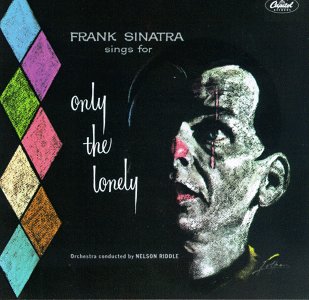 It is an article of faith (or at least urban legend) that Folk Music passed the baton to Rock on that tempestuous day in July, 1965 when Bob Dylan plugged in his electric guitar and shocked (thrilled?) the audience of the Newport Folk Festival. It is said that folk paterfamilias Pete Seeger was so mortified by the desecration of the acoustic shrine that was Newport that he literally wanted to pull the plug on Dylans’s sacrilege.
It is an article of faith (or at least urban legend) that Folk Music passed the baton to Rock on that tempestuous day in July, 1965 when Bob Dylan plugged in his electric guitar and shocked (thrilled?) the audience of the Newport Folk Festival. It is said that folk paterfamilias Pete Seeger was so mortified by the desecration of the acoustic shrine that was Newport that he literally wanted to pull the plug on Dylans’s sacrilege.
Cooler heads prevailed, and the once successor to Woody Guthrie’s legacy went on to sing three “electric” numbers beginning with “Maggie’s Farm.” The rest, as they say, was history. Host Peter Yarrow (of Peter, Paul & Mary fame, about whom more will follow), invited Dylan back for a couple of acoustic numbers, including “It’s all over now, Baby Blue,” which has since been viewed as his farewell to the world of folk music.2 The truth, while not quite as dramatic, was equally interesting. Not only had Roger McGuinn’s group “The Byrds” already recorded no fewer than four Dylan songs with electric accompaniment 3, but Dylan himself had charted (at 39) with “Subterraneum Homesick Blues,” in April of ’65 and had recorded the half-electric breakthrough album, “Bringing it all Back Home” earlier that year. Dylan had apparently been bitten by the electric bug even earlier. When he first heard the Beatles’s “I want to Hold your Hand,” he is reported to have said, “Did you hear that? Fuck! Man, that was fuckin’ great. Oh man, fuck.”4 I guess Bob must have liked them, as did we all.

 Part 1: “Only the Lonely” – Frank Sinatra and the Concept Album
Part 1: “Only the Lonely” – Frank Sinatra and the Concept Album